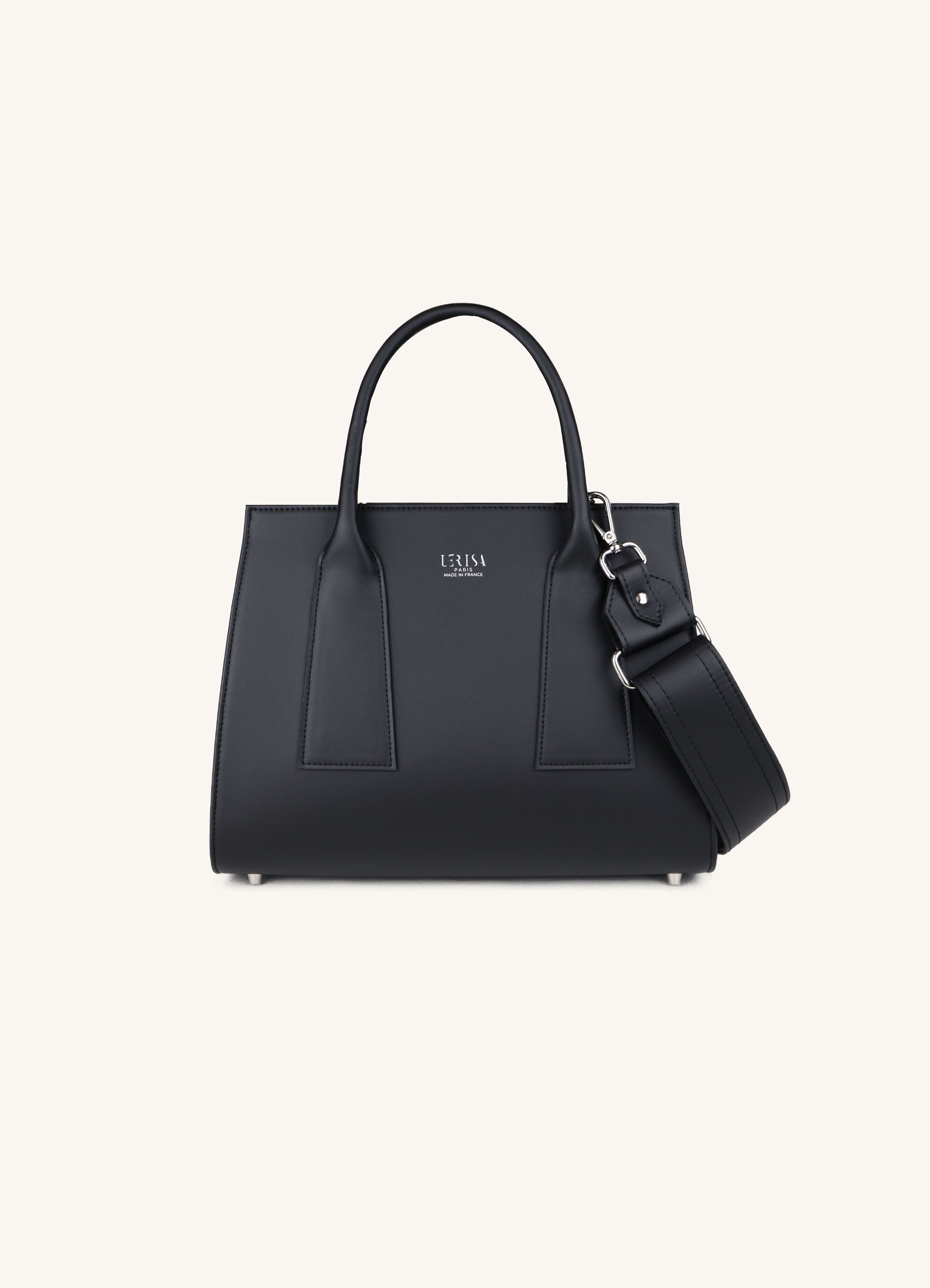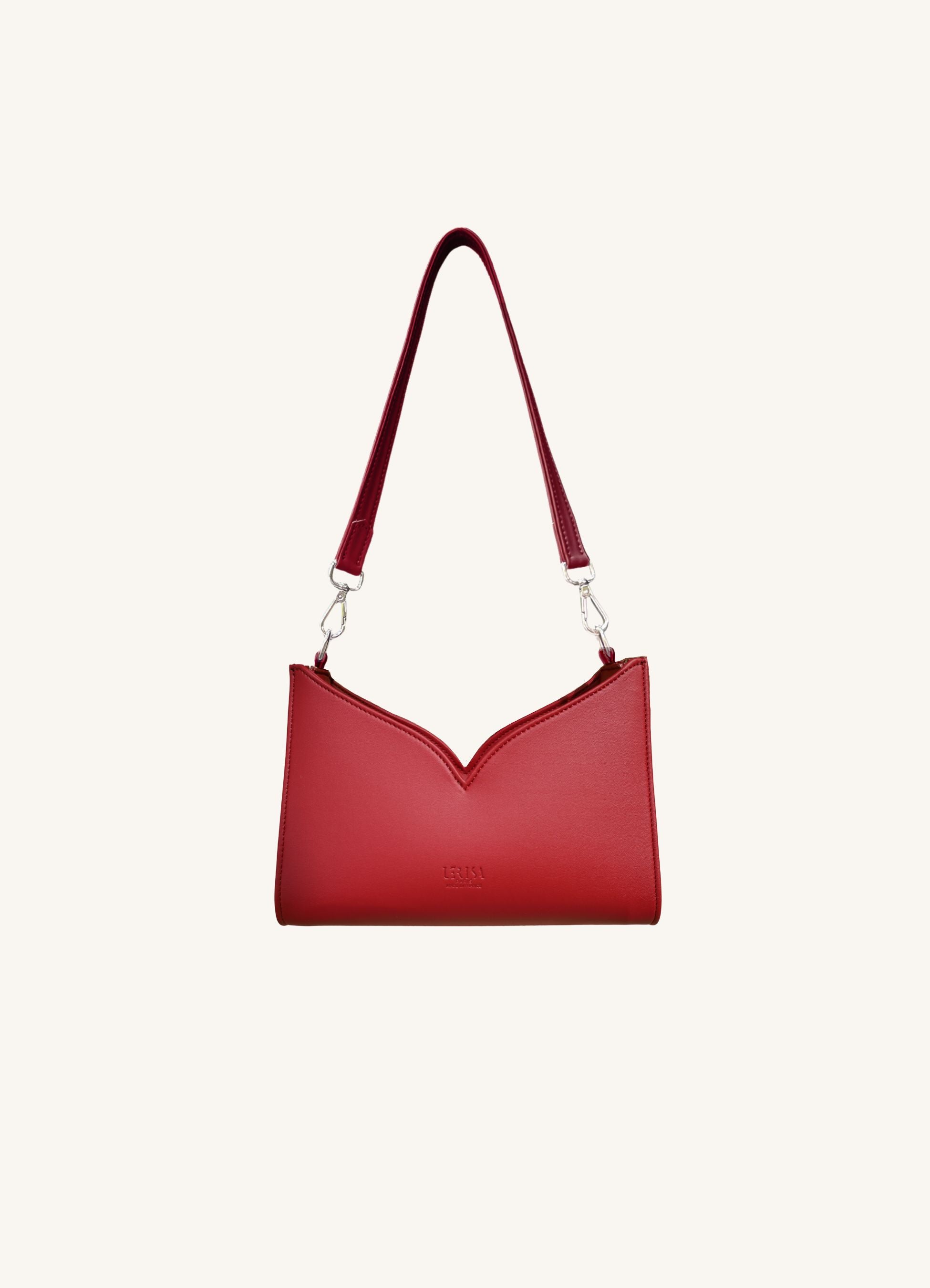In the early 90s, the emergence of fast fashion or ephemeral fashion led to the hyperconsumption of textile products. Clothing becomes a consumer good. Inexpensive, often produced in developing countries, the clothes purchased are designed to be worn over a very short period of time. The result for the average French person is a consumption that quickly reaches 10 kilos of clothing per year in 2021. Faced with the environmental and social abuses of the sector, some are sounding the alarm so that mentalities change in favor of a so-called circular economy. Recycling campaigns, eco-innovation, ecological fashion week, fashion and clothing players are also following suit by offering circular fashion.
Circular or sustainable fashion, what are we talking about?
Circular fashion, often linked to the concept of sustainable fashion, runs counter to the fast fashion model and the linear production model. It can be defined as a textile industry where nothing is thrown away and everything is reused until the last recycling or biodegradation of the product. Circular fashion is a virtuous model that reuses, recycles, repairs and regenerates a product instead of disposing of it and minimizing its value. Ideally, the textile resource circulates and is thus used continuously until it can be composted or recycled without causing damage to the biosphere.Upcycling and recycling of clothing are, for example, part of of this model. Instead of repairing clothes, upcycling, literally “recycling from above”, makes it possible to reevaluate certain worn or unused textiles and give them high added value. Some brands now offer clothing created from upholstery fabrics or kitchen curtains.

Circular fashion: beyond sustainability and recycling
Circular, or sustainable, fashion represents a model for the textile sector to follow. It encourages the choice and the purchase of textile products whose materials provide good durability such as linen or hemp, a grammage (weight of the garment) sufficient to prevent it from decomposing too quickly during washing cycles and quality finishes.Recycling is also one of the pillars of the circular economy and sustainable fashion but cannot replace the latter. Recycling is a process of transforming textiles and footwear into new products, fibers and composite plastics. Recycling only occurs at the end of the life of the textile product and is sometimes not guaranteed. Indeed, each textile product has a different level of recyclability depending on the type of fiber, the presence of multi-material fibers and the condition of the textile. Note also that recycling is not an environmentally neutral process, it will require water and electricity.
Circular economy principles applied to fashion
As part of the broader concept of the circular economy, this model of circularity of resources incites us to rethink our production and consumption methods. In circular fashion, the notion of circularity of textile products, optimal use of resources and durability over time are decisive. Clothing is purchased, worn, resold, upgraded, upcycled and recycled to give it multiple lives.Any step in the life cycle of a garment, from the extraction of raw materials such as cotton, to extending its lifespan by donating clothes can be part of a circular economy approach Without knowing it , we already apply certain pillars of the circular economy in our daily or regular practices. Some of you choose to customize old clothes or buy and sell on second-hand platforms such as VideDressing, Vinted or OnceAgain.
Understanding the challenges of circular fashion
Responsible for 4% of water pollution in the world and 2% of global CO2 emissions, the environmental and social issues behind the promotion of a circular model in the textile industry are multiple. . Fight against the waste of raw resources, protection of aquatic spaces, extension of the life of clothing, protection of consumer health, the list could go on.To achieve this, many solutions are envisaged such as eco-design and promotion of short circuits, the use of unique or recycled materials and consumer awareness. These solutions are tested by big names in the textile industry. Adidas, one of the world's leading manufacturers and marketers of sporting goods and equipment, has set itself the goal that 100% of its products be made exclusively from recycled polyester. horizon 2024. Decathlon, a French giant in the sale of sporting goods, now offers a new rental service for bicycles, tents and sports rackets.
The rise of circular fashion requires mobilization of all players, from fiber producers to consumers. At our level, it is possible to question the practices of companies and manufacturers. It is thus possible to favor clothes made of natural fibers which avoid the use of chemical processes, to choose recycled clothes or clothes made in a short circuit and sometimes to browse your wardrobe to find lost rare pearls .
Discover our eco-responsible collection..















Leave a comment